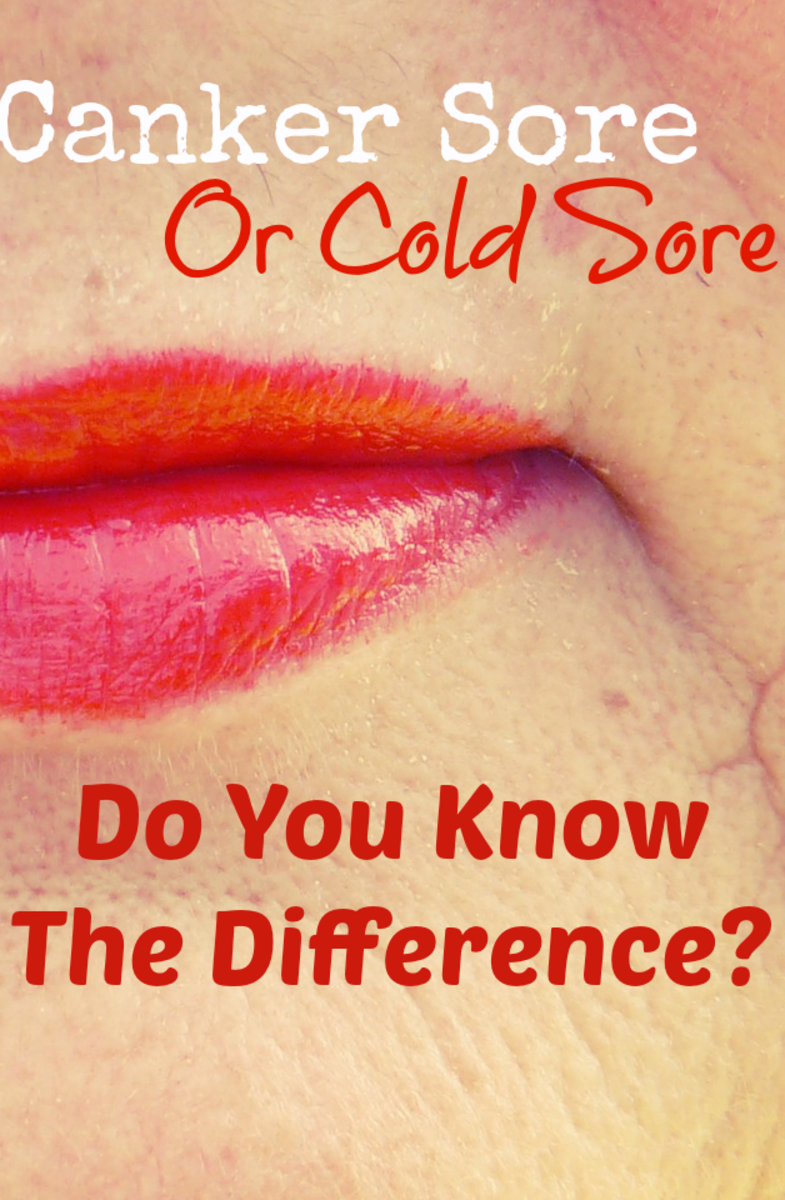Which Pain Relief Cream Works Best?
We all want to get through the day without aches and pains. Yet millions of people around the world live in constant pain. Pain Relief Creams promise to make us feel better. We want to believe that that pain in the knees, lower back pain or pain in the neck and shoulders will simply vanish once we apply a cream. But, do they really work?
Is one pain relief cream better than another? Does it matter what massage cream or pain relief cream you buy? Is there a correlation between price and success rate? What about ingredients? Are there ingredients in any of the dozens of pain relief creams that really work? How much of the relief we might experience from rubbing in these concoctions into our skin is just a placebo effect?
Well, let's begin with the first question. Is one pain relief cream better than another?
NO! Generally speaking, the best pain relief cream is the one that is on sale!
Seriously… no pain relief cream takes away the pain or shortens your recovery time. The best advice I can give you is to pick the one that has a nice consistency as it is applied. If you have to go somewhere or you are in the middle of your workday, choose a pain relief cream that won’t leave you smelling like walking science project.
For real pain relief, you
are far better off going to a trained massage therapist. A less expensive
alternative is to learn the art of self massage. The best techniques to learn
are muscles stripping, trigger point therapy and shiatsu. Another smart idea is
to have your friend or spouse or relative apply the cream on your behalf. While
they apply it have them integrate some trigger point therapy or muscles
stripping as they rub you. Massaging releases small amounts of endorphins,
which ease pain. Endorphins have no side effects.
When purchasing any pain relief cream, take a closer look at the ingredients. There is no magic pill or cream that takes the pain away permanently. If you have no known reactions to ibuprofen (which helps temporarily reduce inflammation), then consider making your own topical cream by mixing ground ibuprofen and the right amount of menthol.
Unfortunately ibuprofen cream is not approved for sale in the United States. I found a book that includes detailed instruction on making your own topical creams, called If You Can Cook, You Can Make… Powerful Topical Remedies For Hair Loss, Pain And Herpes Infections.
If you like that cooling and heating sensation then a menthol based pain relief cream might be good for you. After all, the menthol creates the illusion that the pain relief cream is actually working. Mostly though, it’s a placebo effect, but a feeling that you’re getting better is better than feeling even worse!
A closer look at the most popular ingredients found in pain relief creams...
Menthol
The reason that Menthol is used in these types of pain relief creams is that it has the ability to chemically trigger the special receptors in the skin. These receptors are responsible for the cooling sensation that you feel when applied to your skin.
When applied topically, Menthol has a numbing effect, creating the perception the pain you are feeling is no longer there, or least less noticeable. Studies prove that when menthol is combined with the topical form of ibuprofen, you’re likely to get an even more noticeable effect, since the skin is able to absorb more, thus reducing inflammation.
So how much menthol is safe? It comes down to personal tolerance levels. The amount of menthol found in leading pain creams on the market varies dramatically. For example, Icy Hot Cream contains 7.5% menthol, Ben Gay Cream contatins 10% and Bio Freeze contains only 3.5% menthol even though its costs much more than other brands in the market.
Capsaicin
Capsaicin is another main ingredient used in popular pain relief creams today's. It has a variety of uses, but it is often used to treat minor aches, strains and sprains. Like Menthol, capsaicin has an intense numbing effect on the area that it is applied to. It works by creating a burning sensation that overwhelms the nerves and prevents them from report pain signals to the brain. Derived from hot peppers, it is something that you should apply using gloves and avoid getting close to your eyes or openings in the skin.
Methyl salicylate
Methyl salicylate is the chemical name for wintergreen oil. It is another ingredient found in conjunction with menthol pain creams. Again, the heating sensation of wintergreen oil causes the nerves to shutdown and provide a feeling of relief. In higher concentrations Methyl salicylate can be lethal, even when applied topically So this is a good example where a higher concentration of something doesn’t make it better.
Arnica
Many people advocate pain relief creams containing Arnica. Although it is plant based and supposed to have anti inflammatory benefits, there is no real evidence to suggest that Arnica based products are superior to other pain relief creams on the market. The plant itself is poisonous and ingestion can cause severe inflammation of the gastrointestinal tract, shortness of breath, cardiac arrest, and death.
For instant relief use RICE!
Finally, if you are hurting from a fall or injury use the RICE protocol to promote healing. Get some Rest immediately. Ice the area in pain. Compress the area that is injured. Elevate the affected area.






